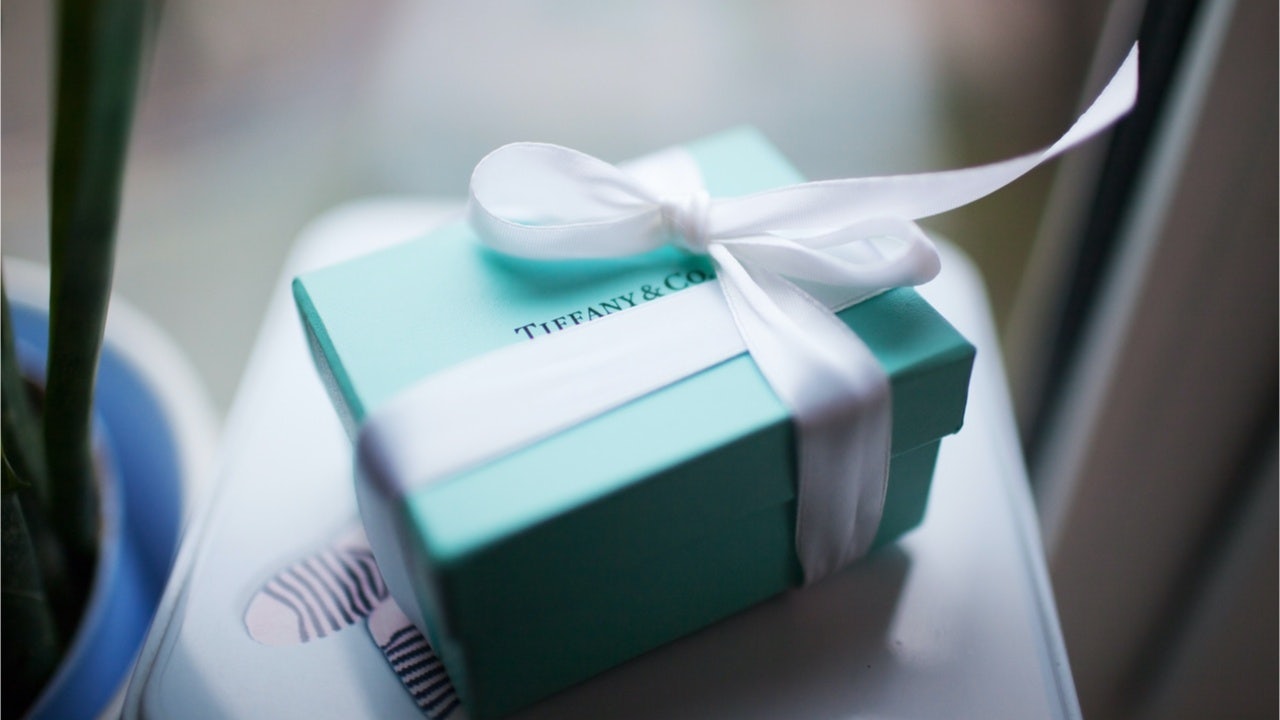LVMH is one of the most successful companies in acquiring brands, injecting them with capital, talent, and letting them bloom. Christian Dior, Bvlgari, Fendi, and most recently, Rimowa, are all LVMH success stories. The recent bid for Tiffany & Co., America’s iconic jeweler, would not only be LVMH’s largest acquisition with a value of 14.5bn USD, but also its most challenging.
Tiffany has more than 300 retail locations around the world and annual revenue of approximately four billion USD. The brand, however, has been struggling over the last decade, with all efforts to revamp its course falling short. The reasons are multifold and homemade. Like many other luxury brands, Tiffany underestimated the millennial challenge and was slow to adjust. At many Tiffany locations, an instore shopping experience can feel old-fashioned, and not on par with the expectations and tastes of younger consumers.
To attract those, Tiffany has launched multiple entry-level collections at low price points instead of creating experiences that would attract this target group, a typical mistake in luxury brand management and one many other brands have done as well. The focus on cheaper items, however, has brought a different demographic into their stores, impacting the experience of those clients seeking to buy high-end jewelry and who expect more privacy, more personalized service, and a highly sophisticated shopping environment.
This is one of the significant opportunities for LVMH — to inject Tiffany with creative talent and to surprise customers with unexpected creations.
The result of this approach, Tiffany now has a portfolio that is too widespread and too broad in terms of items and price points. Additionally, there appears to be a lack of communication clarity on what the brand stands for. This has resulted in stagnating sales, especially in the USA, which is their core market.
Nevertheless, the brand has a unique history and brand equity elements that have been shaped by the likes of Audrey Hepburn in Breakfast at Tiffany’s. Those are assets that LVMH will have to build on if the acquisition gets confirmed. However, relying on a fabled history is not enough as the numbers show, especially when it comes attracting young consumers in other regions of the world. It will be decisive to “translate” their history into contemporary, relevant consumer benefits.
Here, five key steps that will be necessary to turn the brand around:
Redefine Tiffany’s brand equity for Millennials and Gen Z#
Young consumers look for meaning when it comes to brands. They shop because the brand has social currency and because there is a “cool factor” to it. Tradition and craftsmanship are expected to provide purpose and meaning, but a brand needs to do more.
Given this, two dimensions of the brand positioning needs to be sharply defined. Rationally, Tiffany will have to answer why consumers should come to their stores. Emotionally, the brand has to provide clarity on which feeling it wants to inspire in their customers. Only when there is clarity on both dimensions can a brand can give purpose and resonate with young consumers. It’s a lesson for many luxury brands, not only for Tiffany.
Create a unique Tiffany customer journey#
During previous visits to Tiffany’s flagship store in NYC, I found the shopping experience less than unique. It could have been any other upscale jewelry brand. When experiences are exchangeable, brand equity is not being built. Rational and emotional brand values need to be communicated across all brand touchpoints. This is critical, especially for a company that operates brick and mortar stores, staff training, and clarity on how to inspire customers. It might sound simple, but in my experience, this is a point where many brands — luxury or not — have a significant weaknesses.
Excite customers#
The ability for a luxury brand to excite, to innovate, and to be seen as influencing, is critical for potential luxury customers. This creates social currency, making a brand “hot” and sought after. Brands that lose their edge as a category leader quickly fail. This is one of the significant opportunities for LVMH — to inject Tiffany with creative talent and to surprise customers with unexpected creations. This could help Tiffany to become the iconic pacesetter in jewelry it once was.
Become a digital insight powerhouse#
As consumer preferences shift drastically, and at accelerating speed, running a luxury brand today requires precise real-time knowledge on what consumers want and how their expectations change. To be successful in important regions like China brands need to think more locally. A fully realized digital support infrastructure that can mine customer data across the globe, without time lag, is the only way to keep track of elusive and ever-changing customer patterns.
Adjust portfolio and pricing#
At first glance, entry-level luxury might feel attractive for a luxury brand, but there is the possibly it can destroy brand equity in the long run. This so called “easy growth trap” with too many incongruent line extensions is a typical issue that many brands face in their quest for growth. The short-term gains are almost always haunt the brands over time. To combat this, Tiffany will need to refocus its portfolio and reduce the pricing gap between its cheaper and more expensive items to be more consistent and provide a more precise value proposition to customers. This is a difficult task to correct, but necessary.
Overall, Tiffany is a fantastic brand with a great history, and for many, it is synonymous with luxury, despite its current struggles. Today, especially in China and Japan, many customers continue to dream of opening up a Tiffany blue box. If the acquisition is confirmed, LVMH will have a unique asset. Turning it around has proven difficult in the past, but it can be done with the right focus and dedication. This is good news for other struggling luxury brands as well. The millennial challenge is real, and brands who are not adjusting fast enough will miss future revenue and relevancy.
Daniel Langer is CEO of the luxury, lifestyle and consumer brand strategy firm Équité. He consults some of the leading luxury brands in the world, is the author of several luxury management books, a regular keynote speaker, and holds management seminars in Europe, the USA, and Asia. Follow @drlanger


